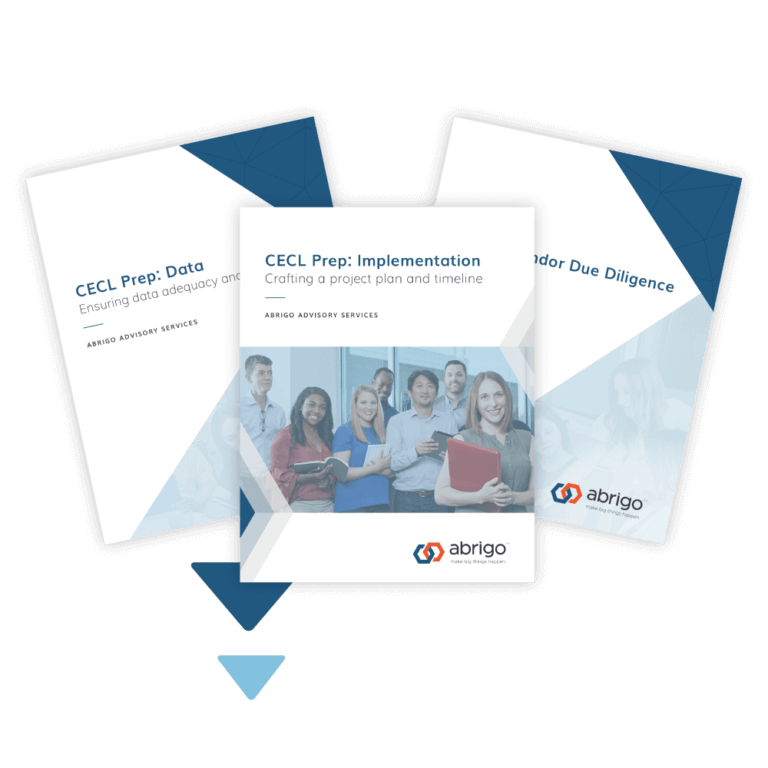Banks and credit unions must also provide additional disclosures related to collateral-dependent loans under the CECL standard, according to Dobner.
Another change is that institutions recognize credit impairment of debt securities classified as assets held for sale (AFS) through an allowance for credit losses under CECL. Existing guidance requires a direct write-down of the security to recognize credit impairment, so these changes will create additional disclosures, according to the Center for Audit Quality’s paper, “Preparing for the New Credit Losses Standard: A Tool for Audit Committees.”
Banks and credit unions making acquisitions need to be aware of additional CECL disclosures that will be different from those under the incurred loss model. Previously, institutions didn’t record an allowance for newly acquired assets. Instead, purchased credit impaired (PCI) instruments were accounted for by maintaining a separate allowance account, along with periodic cash flow estimates and periodic re-yielding/impairment analysis. Instruments not identified as PCI were considered adequately reserved due to the credit component included in the fair value adjustment. As a result, no allowance was recorded for non-PCI instruments until the estimated allowance exceeded the remaining discount and even then, the allowance generally reflected the shortfall only.
Goal: clarity around purchased assets with credit deterioration
ASU 2016-13 was intended to simplify accounting related to those financial assets that experience credit deterioration after their acquisition. Under the current CECL guidance, institutions must set aside reserves for all loans on Day 1. Financial institutions that purchased loans with credit deterioration (PCD) during the reporting period must provide a reconciliation of the difference between the purchase price of the loans and the par value, so ongoing disclosures related to PCDs aren’t required.
SEC filers have additional disclosures under CECL that are related to the transition period. The SEC outlines these in SEC Staff Accounting Bulletin 74 (now Topic 11M in the Codification of bulletins).
Documenting, disclosing decisions is important
All in all, CECL affects many aspects of disclosures related to credit losses, so documenting decisions during the process can be helpful. Some automated CECL solutions expedite the process of generating disclosure reports for the allowance. Automated CECL disclosures lighten the workload while providing transparency and documentation for requirements surrounding the CECL calculation.
Heather Cozart, Partner at DHG, told ThinkBIG attendees that among the earliest CECL adopters, financial institutions sometimes have paid “so much attention on some of the big-ticket items that on other areas, like debt securities and [Paycheck Protection Program] loans, we tended to see folks not doing a great job at really documenting or memorializing through those aspects.”








